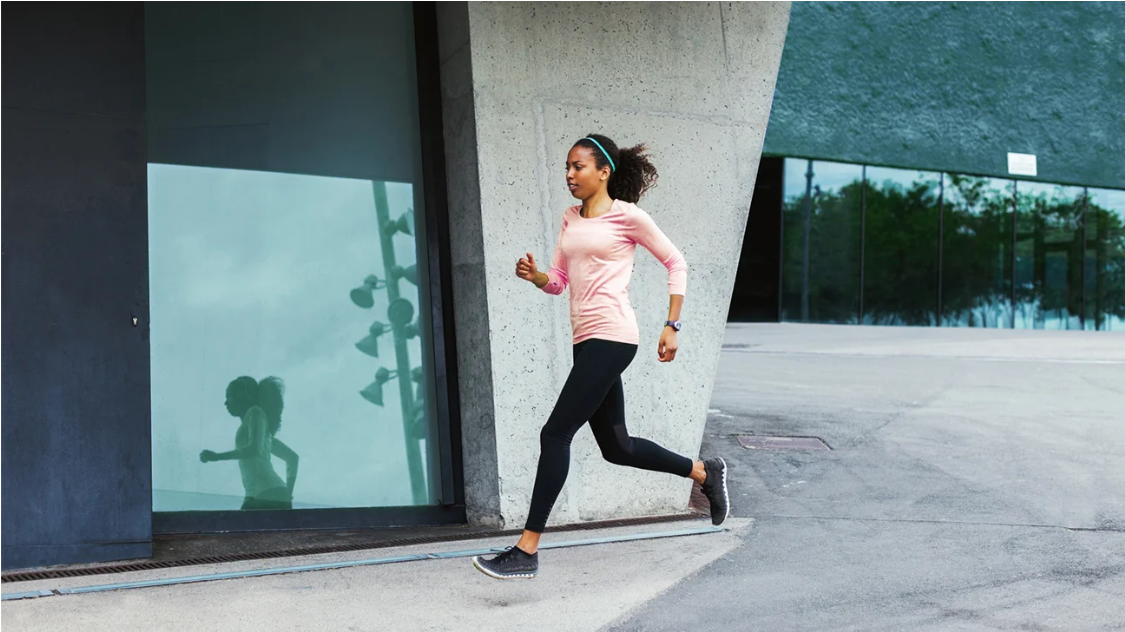When people think of a “runner’s body,” they often think of a long, lean body. But in reality, runners come in all shapes and sizes, from the explosive physique of a sprinter to the endurance physique of a marathon runner. Whether you’re looking for health, endurance, or fat loss, running changes your body in unique ways. This article will reveal nine ways running affects your body and help you understand how running can make you stronger.
1. Improved Endurance
Running is a classic example of aerobic exercise, and whether it’s long-distance jogging or short-distance sprinting, it can effectively enhance cardiopulmonary function. It improves the body’s overall endurance and cardiovascular health by exercising the heart, lungs, and vascular system.
2. Reduced Risk of Disease
Regular running helps regulate blood pressure and improve blood circulation, significantly reducing the incidence of cardiovascular disease. Even more exciting, running can also reduce the risk of all-cause mortality by about 27%, adding to longevity.
3. Stronger bones
Running is a high-impact, weight-bearing sport that helps bones adapt to repeated impacts and become stronger. This increase in bone density is particularly important for preventing osteoporosis. However, for the sake of body balance, it is recommended to strengthen the upper body muscles with strength training.
4. The risk of injury cannot be ignored
The repetitive stress caused by running can also lead to injuries. Studies have shown that the injury rate of runners ranges from 30% to 62%. Common injuries include sprains, stress fractures, and shin splints. Novice runners are more likely to get injured, so it is important to arrange the training volume and recovery time properly.
5. Efficient calorie burning
Running is a high-intensity sport that can continue to burn calories during and after exercise. After running, the body’s metabolism remains at a high level, helping to consume more fat. Proper intake of foods rich in protein and complex carbohydrates after running can help recover and control appetite.
6. Improve leg strength
Running mainly exercises the quadriceps on the front of the thigh, the biceps on the back of the leg, the calf muscles and the gluteal muscles. Diverse running environments (such as running tracks, mountain roads and asphalt roads) and the addition of slope training can help to evenly develop leg strength and reduce the risk of injuries.
7. The importance of cross-training
Running alone can easily lead to muscle imbalance and overuse injuries. Combined with strength training, especially exercises for the upper body and core, it can improve posture and enhance stability. Low-impact exercises such as yoga, swimming and cycling are also good auxiliary choices.
8. Improve sleep quality
Studies have shown that runners have fewer sleep disorders and feel less sleepy during the day than non-runners. Moderate-intensity running is more effective in improving sleep quality and helps the body get a deeper rest.
9. Improve mental health
Running not only shapes the body, but also nourishes the mind. Outdoor running can especially bring positive mood improvements and relieve stress and anxiety. Vitamin D in the sun can also enhance immunity and bone health, and the change of environment during running also activates the brain, improving concentration and creativity.
Running is an almost perfect sport that can not only build a strong body, but also bring spiritual joy. Whether you are a beginner or an experienced runner, gradual progress, scientific training, a proper diet and proper cross-training are the keys to achieving the best “runner’s body”. Take the first step and run to a healthier self.

Leave a Reply